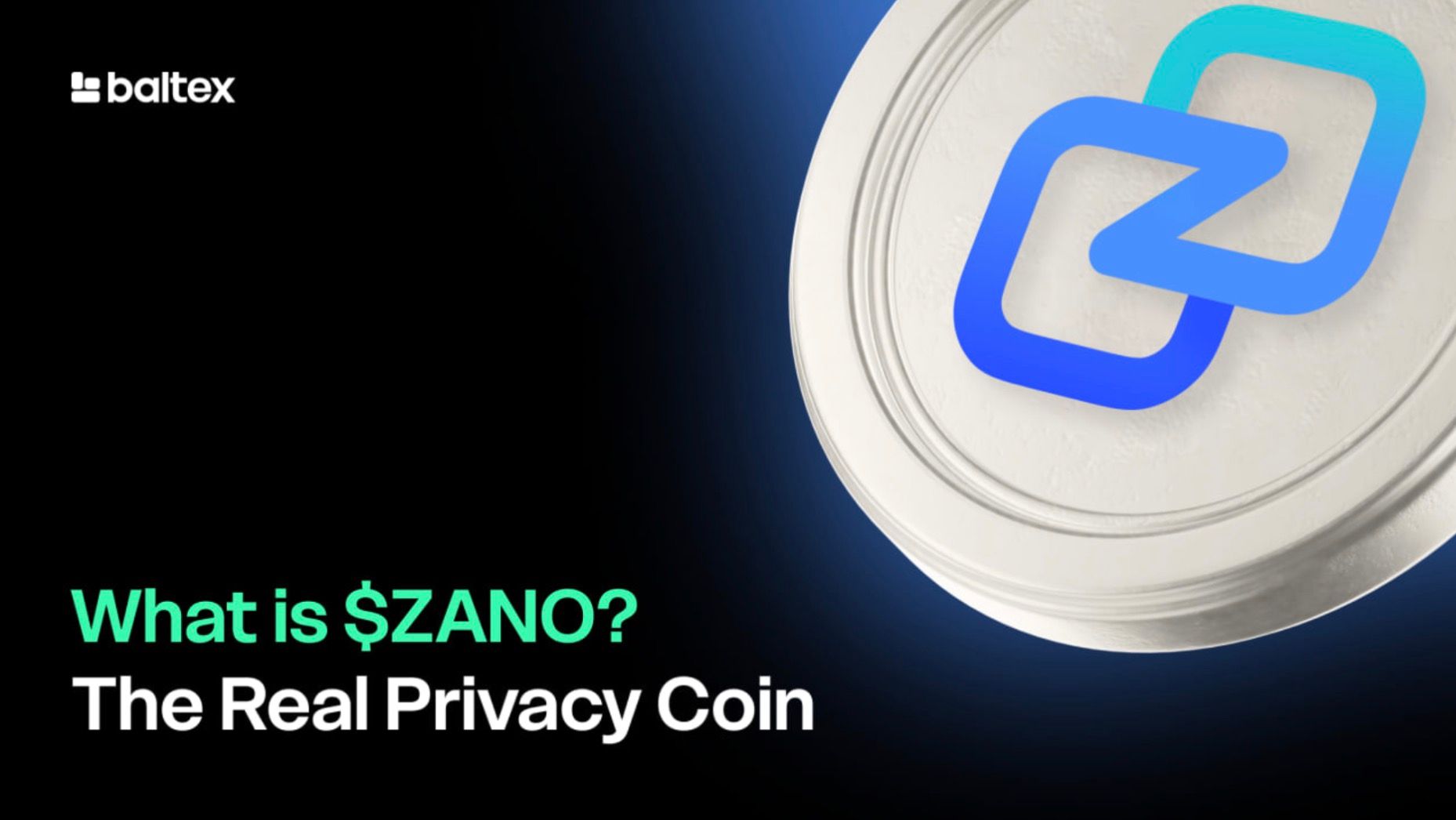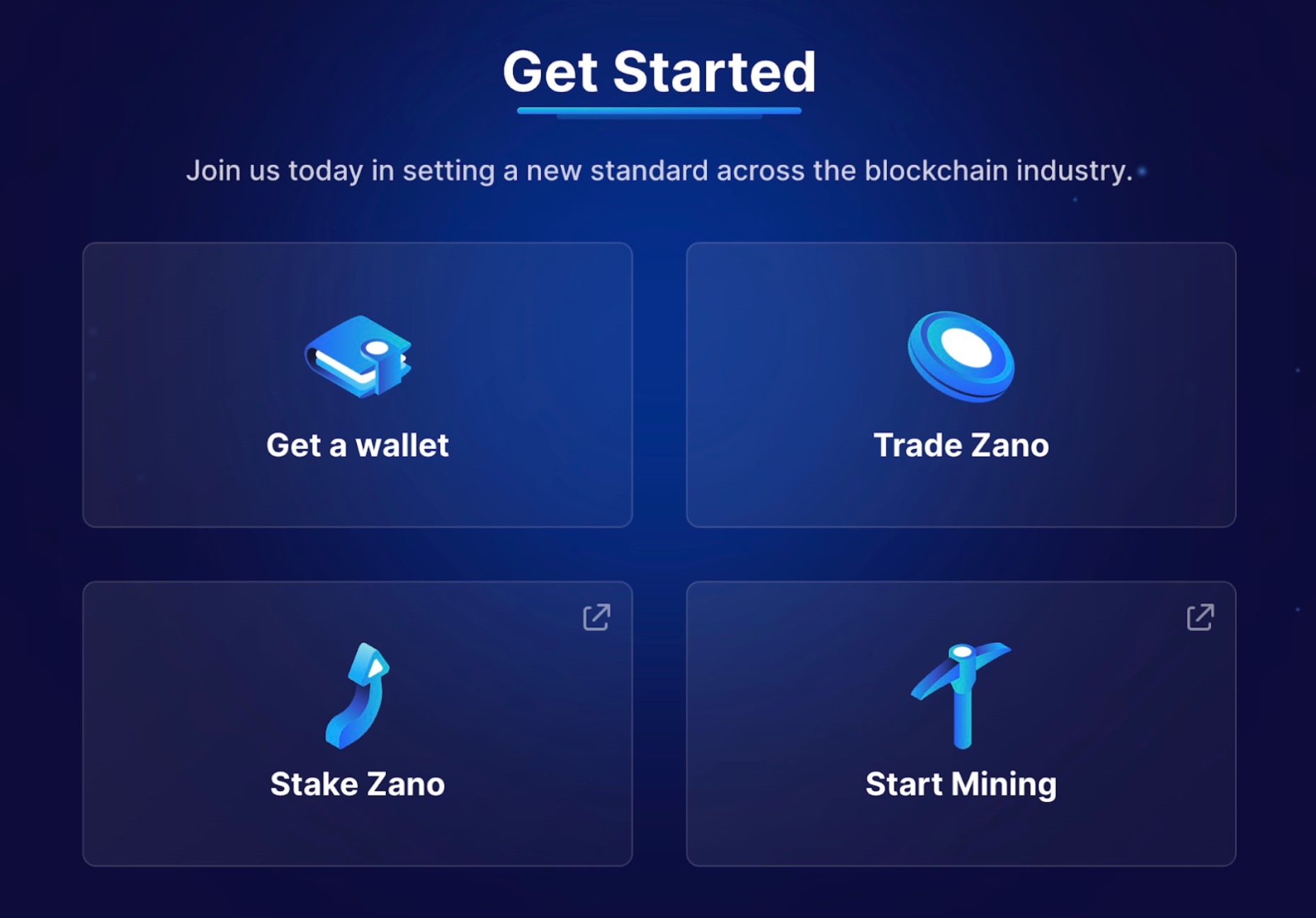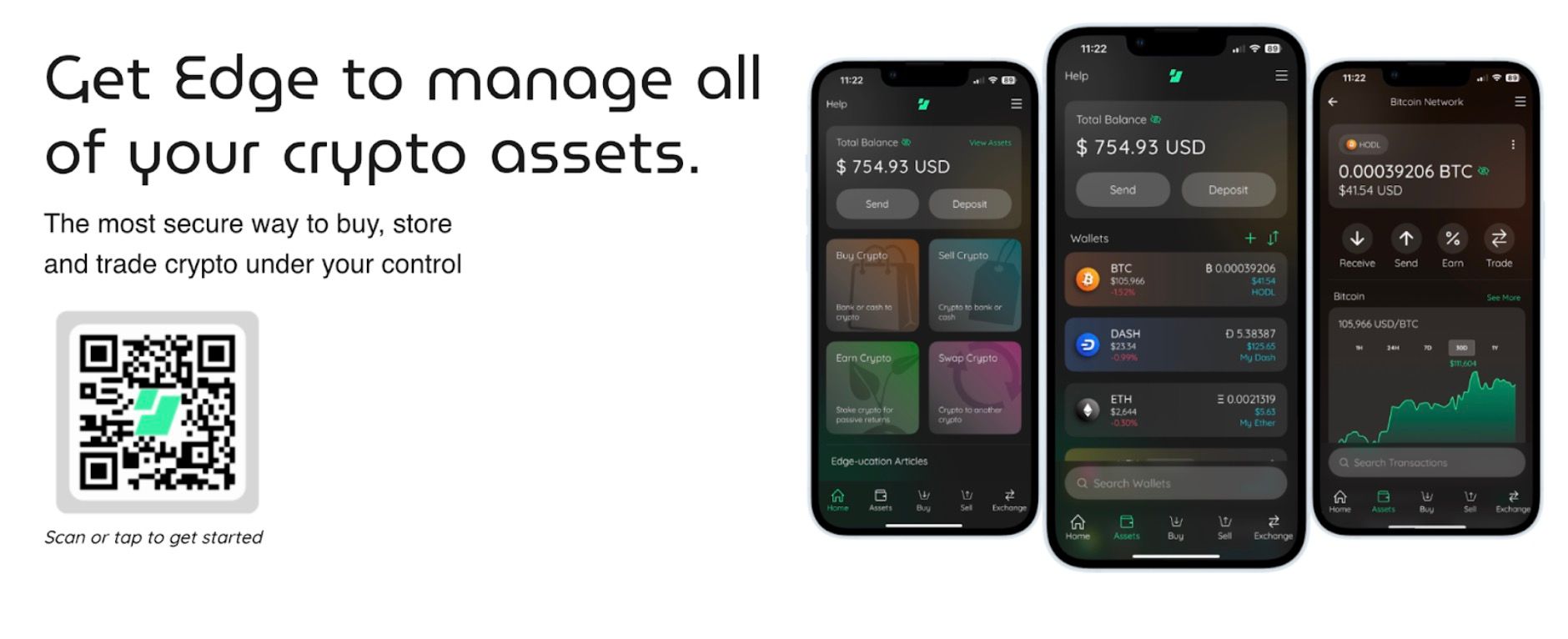
You might have noticed that traditional blockchains, such as Bitcoin or Ethereum, make public almost every detail of your transactions (addresses, amounts, and more). If you worry that this transparency reveals too much about your personal finances, you’re far from alone. Good news: a new generation of privacy-focused cryptocurrencies has emerged, and Zano cryptocurrency is leading the charge.
A 2024 update known as the Zarcanum hard fork introduced a multi-asset ecosystem within Zano, allowing you to create your own privacy tokens beyond the native coin. This move expanded Zano from a single-asset protocol into a true platform for private digital assets. So, instead of just sending and receiving a coin, you can potentially issue and manage your own tokens with full confidentiality.

Zano was designed with privacy as the default. Unlike some blockchains that ask you to opt in, Zano hides your wallet balance, transaction amounts, and addresses by default.
Here are the core technologies that make this possible:
Because Zano’s technology is built on the legacy of CryptoNote (the original protocol behind Monero and other well-known privacy coins), you get tried-and-tested security and anonymity. The difference is that Zano refines key components, such as the consensus mechanism, to boost network security and reduce the chance of attacks.
Some people worry that a fully private environment might be prone to misuse. Zano’s development team has taken steps to ensure healthy growth and discourage spam. For instance, the network’s transaction fees are fixed at 0.01 Zano (around $0.03 as of April 2024), so you pay a predictable, low cost every time you send coins. Meanwhile, these fees are burned rather than paid out, which can decrease the overall supply over time.
The takeaway? Zano’s privacy foundation keeps your transfers confidential, but it also aims to keep unsavory behavior in check through sustainable token economics, so you and other everyday users stay safe and confident.

Privacy might be the first thing you notice about Zano, but there’s more. Zano runs on a hybrid consensus model blending Proof of Work (PoW) with Proof of Stake (PoS). If you’re newer to crypto, consensus is basically how the network agrees on which transactions are valid, preventing cheating or double spending.
1. Proof of Work (PoW) PoW requires specialized hardware, such as GPUs, to solve cryptographic puzzles. It’s like a global race to see who can find the correct answer first. When they do, they get to add the next block to the chain. This makes the network resistant to tampering because an attacker would need immense computing power to manipulate the ledger.
2. Proof of Stake (PoS) PoS replaces the hardware race with capital investment, or “staking.” You put up some coins as collateral, and if you behave honestly, you have a proportional chance of validating blocks and earning rewards. In many PoS networks, if you act maliciously, you can lose your stake. However, Zano’s PoS approach forgoes lock-up periods or harsh penalties. Instead, every wallet can stake with no minimum, no forced holding times, and no slashing of coins.
By blending both, Zano manages to solve problems found in single-consensus systems. For example, PoW alone can be energy-intensive, but PoS alone can be vulnerable to the “Nothing at Stake” problem, where stakers might not lose anything if they validate multiple competing chains. Running PoW and PoS side by side forces potential attackers to secure both major hardware resources and enough tokens to carry out a coordinated takeover. This higher cost makes the network more resilient overall.
When a blockchain is both private by default and secure against various attack vectors, you gain peace of mind. You can move funds or stake them without worrying that your data might be exposed. You can also participate in securing the network through simple staking with no complicated rules. This blend of security and usability is a big step forward compared to older privacy coins.
Zano’s token economics aim to deliver stable, predictable fees and a possible store of value. Let’s look at how it all works and why a steadily diminishing token supply might be good news for your investment or usage.
Each Zano transaction comes with a fee of 0.01 Zano, which is burned, removing it from circulation. Meanwhile, newly mined blocks add just one new Zano to the supply. As the network handles more than 100 transactions per minute, it effectively destroys coins faster than new ones are created. This process helps push the supply in a deflationary direction.
Below is a simple comparison of Zano’s supply mechanics versus a typical blockchain:

An asset that grows scarcer over time can become more valuable, assuming demand stays steady or rises. Zano’s deflationary angle is intended to reward long-term holders rather than pump and dump speculators. More importantly, this economic model ensures you have predictable fees and a supply that doesn’t suffer wild inflation.
Absolutely no one can guarantee that a coin will skyrocket. That said, it’s logical to see how a steady burn can keep supply tight. Some crypto watchers speculate that, if transaction volume keeps rising, this combination of privacy and deflation might increase market interest. More interest could mean higher value for the entire network, inviting further adoption. This cyclical effect—where adoption leads to more transactions, which leads to lower supply, which drives higher demand—might encourage you to hold or stake Zano for the long run.
Of course, as with any cryptocurrency, it’s smart to approach your decisions with caution and weigh the risks. Zano’s deflationary nature doesn’t guarantee price growth, but it does set up conditions that many other coins, especially inflationary ones, do not share.
Zano isn’t a “maybe in the future” project. You can start tapping into its privacy features right away with a user-friendly wallet. If you’re new to setting up crypto wallets, you’ll appreciate that Zano is available on multiple platforms.
One straightforward path is to use the Edge wallet. To get started, you just need:

Edge encrypts your login data locally on your device and backs up the wallet automatically. This ensures that only you control your private keys. Plus, Edge supports multiple cryptocurrencies, which is helpful if you plan on diversifying. By adding Zano, you enjoy private transactions from day one, without fiddling with advanced settings or manual encryption.
Alternatively, you can download Zano’s official desktop or mobile client. It supports staking directly within the wallet, and you can choose to participate in either PoW mining, PoS staking, or both. No minimum stake is required, which means you can delegate a small portion of your holdings to explore how the process works.
Once you’ve funded your wallet, sending Zano is intuitive. You enter the recipient’s address and the amount you want to send. That’s it. The transaction is privately recorded on the blockchain using d/v-CLSAG ring signatures and stealth addresses. The amounts remain hidden through Bulletproofs+ technology.
This default confidentiality allows you to use Zano for everyday transfers without broadcasting your finances to prying eyes. If you’re an online merchant, you might appreciate how you can protect your customers’ privacy. If you’re an individual, it’s calming to know that your coin balances and transaction details aren’t on public display.

Zano is evolving, especially after the Zarcanum hard fork in March 2024. With Confidential Assets, you can create privacy-centric tokens, stablecoins, and even NFTs. Fees are minimal and also get burned, which strengthens the overall deflationary track of the blockchain.
For you, this means bigger opportunities to build dApps or issue your own tokens, all while preserving user privacy. You could, for instance, offer private loyalty points on top of Zano or run a future game that hides player transactions to avoid data leaks. The project’s open-source nature means you are free to innovate.
Want to build privacy-based tokens for your community? Zano could be the game changer you’ve been waiting for. Good luck exploring this new frontier, and remember—you’ve got a powerful set of tools at your fingertips whenever you decide to give Zano a try.